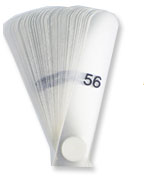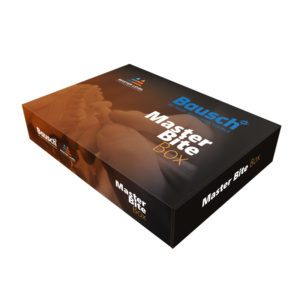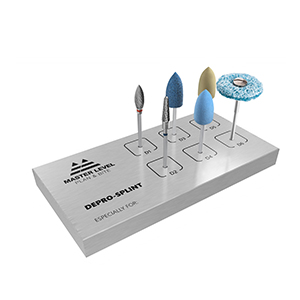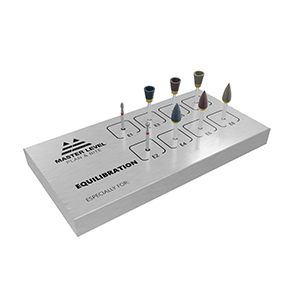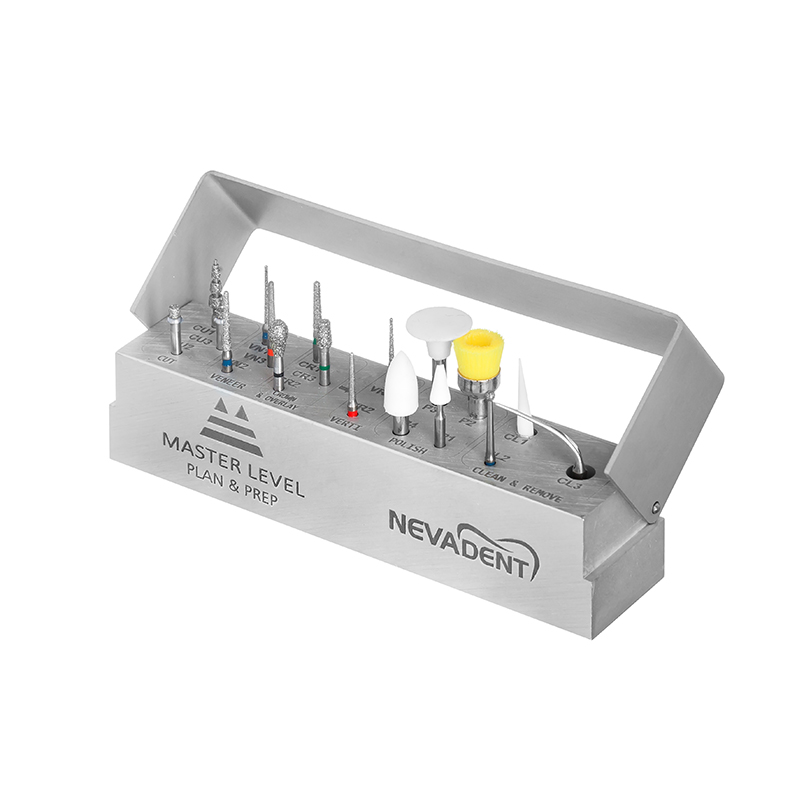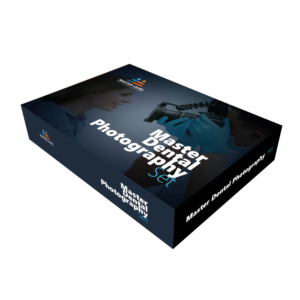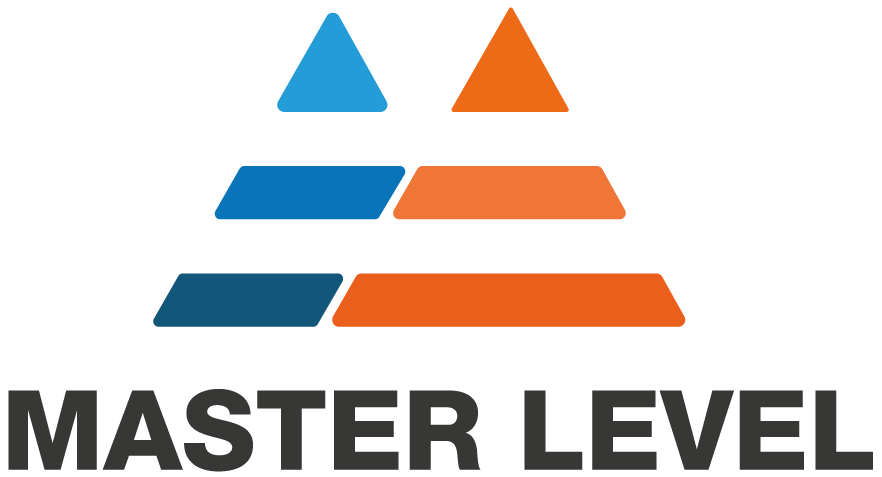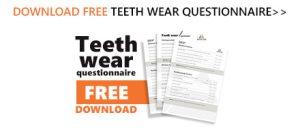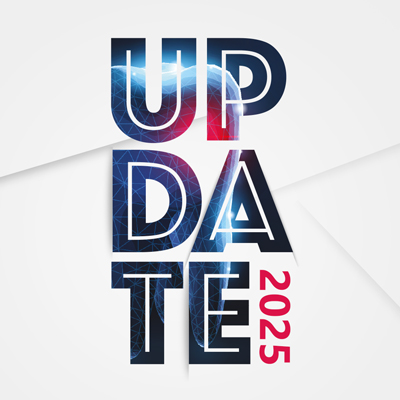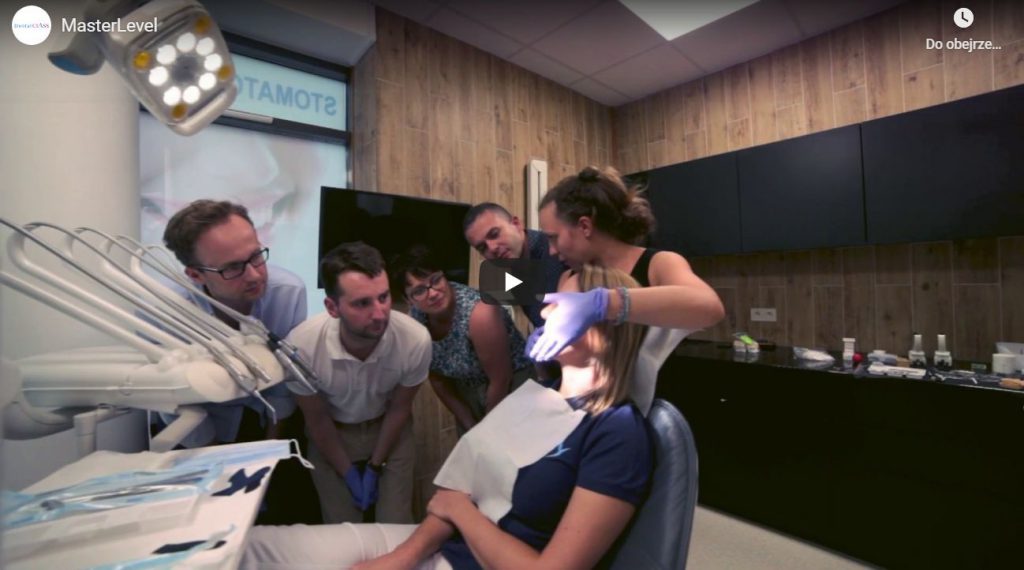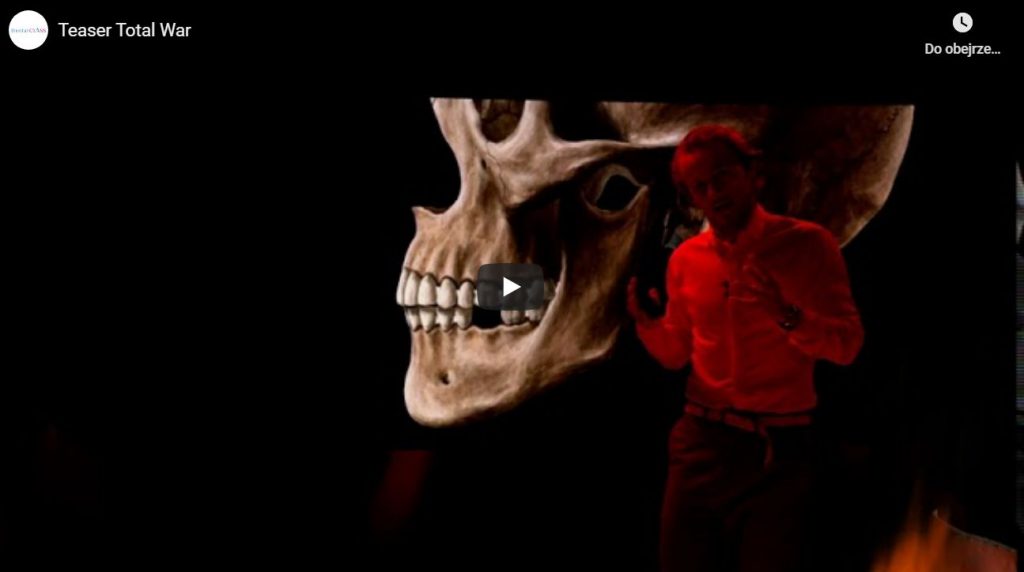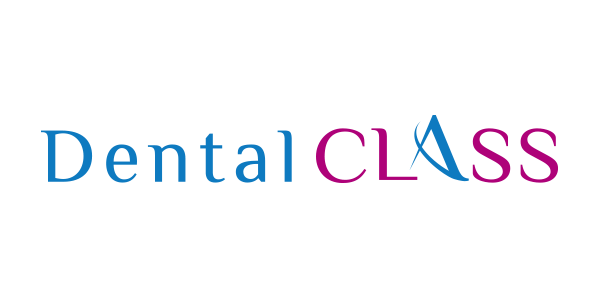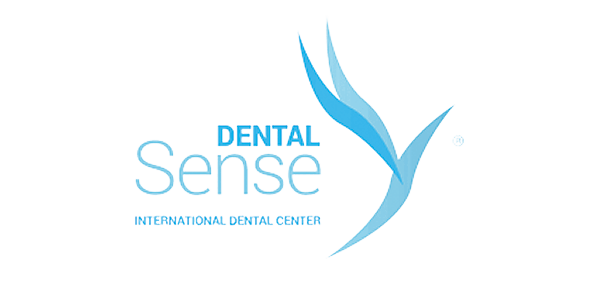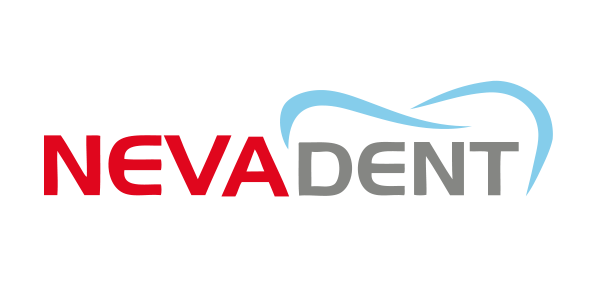Full Mouth Reconstruction


MASTER LEVEL Full Mouth Reconstruction
8 DAYS OF INTENSIVE WORKSHOPS!
Full Mouth Reconstruction is a training that provides comprehensive knowledge on bite reconstruction. If you want to provide holistic care for your patients, this is the perfect step towards doing so. It is also a must-know for every prosthodontist and orthodontist who wants to create a harmonious occlusion in accordance with the temporomandibular joint.
Before the workshops, you will learn the detailed anatomy and physiology of the temporomandibular joint and masticatory muscles by reading the pre-course manual and watching the webinars. You will learn about Centric Relation and whether it is the only acceptable position in TMJ. You will also learn how to deal with the vertical dimension of occlusion. The second series of preparatory webinars concerns dental photography and tutorial of creating presentation and digital smile design in Keynote. The preparatory stage is aimed at equalizing the level of participants and focusing on as many workshops as possible already on the spot.
Because a real adventure awaits you in Poland!
Together with the physiotherapist Julia, we start with an examination and an interview to make the right diagnosis, thanks to which we will be able to easily determine which patient we can rebuild in his current bite, which requires quick or full deprogramming, and finally, who requires splint therapy and specialized team care.
You will learn everything we currently know about bruxism. You will see how to register the bite during the preparation for cross-mounting. You will learn the secrets of bite equilibration and you will personally perform equilibration the bite on specially prepared models.
You will learn how to perform DFA facebow registration, leaf gauge bite registration, lucia jig, Kois deprogrammer. You will learn what the original LIP technique is, how to perform Dawson’s maneuver, how to register the bite for the occlusal splint, how to make your own deprogrammer… And most importantly – you will practice all these procedures yourself during the workshops with patients at the clinic.
How to deal with a gummy smile? When to use veneer and when crown ? If crown then with shoulder or shoulder less ? What is mock up preparation? What are the protocols for the preparation and cementation of crowns and veneers? Nobody will leave the training without knowing the answers to these questions!
The whole thing is completed by a full workshop day, during which each participant independently performs rubber dam isolation, preparations under the microscope and a number of different prosthetic restorations. And here also a surprise! We prepare specially printed models with irregular teeth, imitation of caries, fillings and the structure of enamel and dentin through the mock-up with microscope.
Another important part of the training are dental photography and digital smile design workshops. In the era of social media and websites, it is worth taking care of this side of our practice.
Of course, each of you receives printed interactive books a whole range of gifts (e.g. leaf gauge or ready to use sets of burs) for the first patient right after the training. See you soon!
Lecturers Full Mouth Reconstruction 8 Days
Łukasz Lassmann
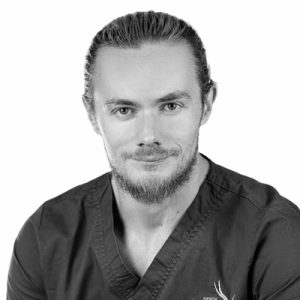
Riaz Yar
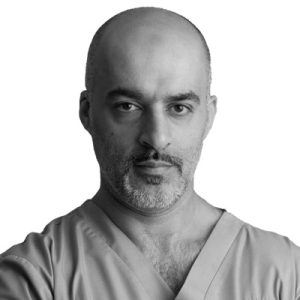
Marcelo Calamita
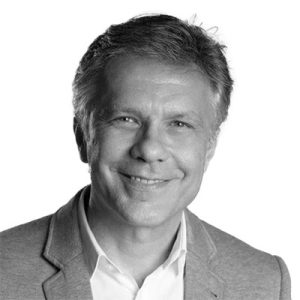
Adalberto De Paula Souza Junior
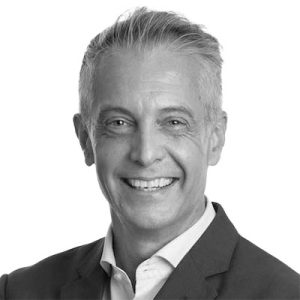
Tomasz Niedźwiedzki
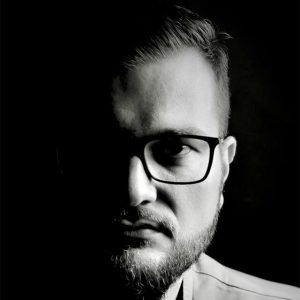
Julia Rutkowska
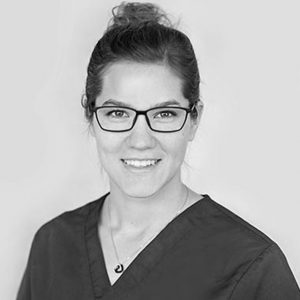
Jakub Wiśniewski
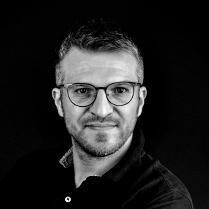
Sunday
ŁUKASZ LASSMANN i JULIA RUTKOWSKA
09:30-10:00 Introduction
10:00- 11:30
Occlusal Philosophies – In Search of a Common Denominator
- Over the past hundred years, we have seen at least five completely different condyle positions in the temporomandibular joint, and each position was considered the best. At the same time, the definition of the central relation itself has changed 26 times, and the commonly considered compulsory incisal and canine guidance have lost their importance. It also turned out that “bad occlusion” does not cause bruxism, and the basis of TMD has more to do with medicine than dentistry – which is still unacceptable in many circles.
- So let’s take a look at how it all started, how it changed and why many so-called occlusal philosophies contradict each other. Do we really have to take one of the “sides” or are there common denominators?
11:30-12:00 coffee break
12:00 – 13:30
Centric Relation & Leaf Gauge
- 5 different condyle positions – webinar summary and answer to the question DO WE NEED A CENTRIC RELATION ? What the guidelines and professional ethics say in relation to the current state of scientific knowledge.
- What is bite deprogramming? Is it science or pseudoscience? What are the indications and differences in the operation of individual deprogrammers?
- Leaf gauge – What is it? When / should I use it? How to use it?
- Demonstration of working with the leaf gauge
- SDS Concept – How can we simply determine correct Vertical Dimension of Occlusion on the basis of Smile Design and knowledge of a space required for specific materials.
13:30-14:30 lunch
14:30-16:00
SDS concept in multidisciplinary treatment
- Treatment planning in severe attrition and gummy smile
- Cooperation between prosthodontist and orthodontist in cases with deep bite and gummy smile
- Orthodontic pretreatment in class 3 patients who require full mouth reconstruction.
- What the guidelines and professional ethics say in relation to the current state of scientific knowledge.
- Sleep apnea and dental treatment- How to diagnose OSA with polygraph and drug induce sleep endoscpoy? Is increasing VOD detrimental for apnea? Modern approach to OSA treatment in dental profession.
16:00 – 17:00
Leaf gauge workshop
17:00-18:00 Workshop
Examination of muscles, joints, apnea tendency, analysis of mandibular mobility, risk assessment.
Monday
Lukas Lassmann
09:30-11:00
Vertical Occlusal Dimension mythology and severe attrition treatment.
- Mythology of vertical occlusal dimension
- Bite registration in severe wear cases
- What is the ferule effect and which part of the tooth is the most important?
- Biomechanics of damaged teeth
- What type of crown-root post to choose? Standard, fiberglass or cast post?
- Shoulderless preparation. Why? How? When?
11:00-11:30 coffee break
11:30 – 13:00
Kois deprogrammer and Dawson’s manipulation
- Kois deprogrammer – how to determine the height of the platform
- Bite registration on the deprogrammer
- LIP Technique
- Dawson’s manipulation
- How to verify the correctness of registration
Workshop surprise.
13:00-14:00 LUNCH
14:00-15:30
Holistic approach – what should we know to avoid troubles
- Rare and idiopathic conditions in a dental office – what have we learned ?
- How to recognize what caused the destruction of teeth?
- The influence of cervical vertebrae (C1-C2), tongue, body posture and sleep apnea on joint and bite disorders – a curiosity or a standard of treatment? Controversies in the world of science.
- Sleep apnea and dental treatment- How to diagnose OSA with polygraph and drug induce sleep endoscpoy? Is increasing VOD detrimental for apnea? Modern approach to OSA treatment in dental profession.
- Adaptation – what is it, what are its effects, how to recognize if the patient is already adapted and how to treat in cases of aesthetic and functional reconstructions.
16:00-17:30
Preparation & soft tissue management during preparation
Planning the aesthetics of soft tissues in prosthetic treatment.
Papillae and black triangles – how to deal with them?
Reconstruction of the non-prep type. Is it really always completely without preparation?
Biological width – a term that no longer exists but still arouses emotions.
When to prepare subgingivally?
How to avoid a recession after preparation and cementation?
Tuesday
Lukas Lassmann + Marcelo Calamita + Adalberto De Paula Souza Jr.
10:00 – 11:30
Preparation for closing spaces and diastema
What about fillings and caries on proximal surfaces? When do we intersect the contact points?
Full mouth reconstructions – clinical cases
Unusual complications in implant prosthetic treatment
11:30-12:00 coffee break
12:00-13:00
Temporaries, impression, soft tissue management
Why is it necessary to equilibrate and adjust the mockup before preparation
Bite registration during preparation for full arches. Different types of impressions – material and method selection
How to make a temporary veneer and crown, and then remove them.
Shaping soft tissues with temporary crowns.
13:00-14:00 lunch
14:00-15:30 Adalberto de Paula Suoza Jr.
How Orthodontic Treatment can improve Prosthodontics outcomes: an interdisciplinary approach.
15:30-16:00 coffee break
16:00-17:30 Marcelo Calamita
Esthetics in Function: how to integrate the principles of occlusion into smile design
Wednesday
Lukas Lassmann + Jakub Wiśniewski
ISOLATION AND PREPARATION BY MOCK-UP UNDER A MICROSCOPE
08:00-08:30 Group 1 / 14:00-14:30 Group 2
Ergonomy:
You will practice the setting of the chair and the microscope. You will learn how to adjust
binoculars, eyecups, correct vision defects and optimally adjust the light for clinical work.
Establishing a mock-up
Split-dam isolation
08:30-14:00 Group 1 / 14:30-20:00 Group 2
Preparation with a microscope:
Preparation through the mock-up – each participant prepares at least 10 teeth independently
Models printed on a polyjet printer (the possibility of printing materials of different colors and consistency) models in irregular shapes, with carious lesions, fillings, enamel and dentine structure and printed gingiva
Closing diastema with veneers, preparation in the case of a composite filling on the proximal zone, preparation in the case of a discolored tooth
Preparation for overlay
Vertiprep – preparation for shoulderless crowns
Preparation for the bridge where one pillar is with shoulder and the other shoulderless
Thursday
Lukas Lassmann + Riaz Yar + ML GUIDES
09:00-10:00
Workshop creating a Kois deprogrammer with Primosplint on models
10:00-10:30 coffee break
10:30-13:00
Workshop:
- Dawson Manipulation
- Registration on Kois deprogrammer
- Facebow and DFA
- Lucia jig
13:00-14:00 lunch
14:00-17:30
Riaz Yar: Digital occlusion – lecture
- Digital articulation – a strong alternative to the analogue method
- Will the fourth dimension of dynamic occlusion change the rules of the game? – Modjaw digital axiography
- The use of other digital technologies to aid the restorative process such as T Scan and EMG
- Digital recording of occlusion
Friday
10:00-11:30
Cementation, isolation
Rubber dam – split dam or full isolation?
How to cover metal posts to maintain proper aesthetics
Secrets of cementing crowns
Protocols for cementing and cleaning ceramic veneers
Video: step-by-step procedures from the first visit to cementation and equilibration
11:30-12:00 coffee break
12:00-13:30
Equilibration
What is equilibration? When do we use it and when is it not allowed to do so? P1, P2, P3
Differences between equilibration in MIP and in CR.
Electronic bite analyzers – T-scan and OccluSense
When to perform equilibration and when to increase the occlusal vertical dimension ?
13:30-14:30 lunch
14:30-15:00
Equilibration of interference during chewing
Equilibration in static and chewing – video step by step
Occlusion on implants
15:00-16:30
Equilibration on models in the articulator.
Saturday
dentist Jakub Wiśniewski, dentist Tomasz Niedźwiedzki
Dental photography
09:00-10:30
Mirrorless cameras – revolution or evolution in photography?
Documentary photo protocols:
– basic set of photos – full photo protocol for prosthetic and orthodontic diagnostics – DSD protocol – setting of studio lamps – reminder of the most important parameters – contrastors
Studio lighting: – optimal equipment selection
Composition in portrait photography
Portrait: – Fun settings and tricks for photos of men – Fun settings and tricks for photos of women
The gnatostatic position
Photography with mobile devices: – selection of equipment – advantages and disadvantages of smartphones in dental photography – ways to get correct photos
10:30-11:00 coffee break
11:00-14:00
Workshop photography
Training makes perfect – practical classes on the use of the theoretical knowledge gained in the theoretical part and individual adjustment of settings in Participants’ sets.
Students will take the following shots:
– basic intraoral protocol using ring-flash lamps: photos of the anterior segment, photos of dental arches, side photos in mirrors – basic extraoral protocol using studio lamps – photos in DSD protocol – creative photos of prosthetic works
14:00-15:00 lunch
15:00-18:00 Riaz Yar
Digital occlusion –demonstration and workshop
- Scanning in full arch works on own teeth (workflow leading to success)
- Leaf gauge record – digital method
- 4 D Modjaw digital Live Demo
- T Scan Live Demo
- Face Scanning Live Demo using the MagiScan app
Sunday
Lukas Lassmann
10:00-11:30
Nightguards (splints) – how to help and not hurt.
Algorithms and decision tree for full mouth reconstruction.
- Nightguard/splints – when, what material? How to register the bite for the splint?
- What contacts and guidance? Splint delivery and relining the splints.
- When not to change the existing bite?
- When should we choose a tool to make bite repeatable and easy to register ? Which tool should we choose?
11:30-12:00 coffee break
12:00-13:00
Videos: step-by-step procedures from the first visit to cementation and equilibration
Solving clinical cases of participants
Happy Ending
13:00-14:00 Lunch
Every participant of Full Mouth Reconstruction will receive
Webinar Set – active access from the moment of paying the deposit or the full amount up to about a month after the end of the training
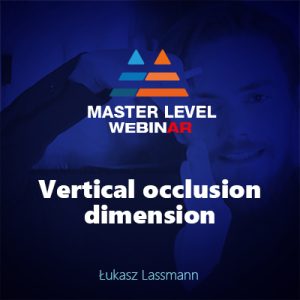
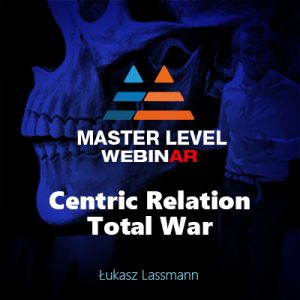
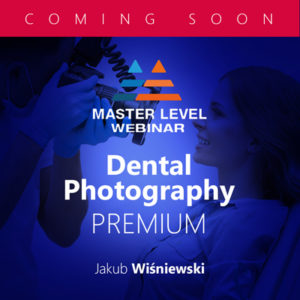
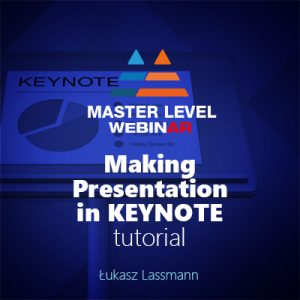
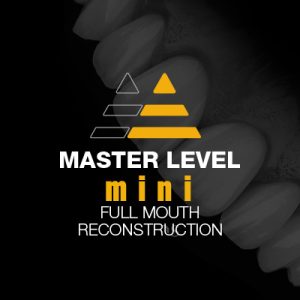
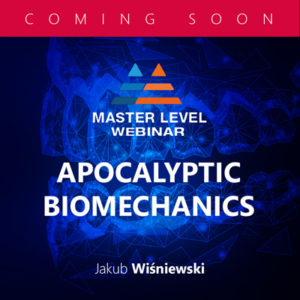
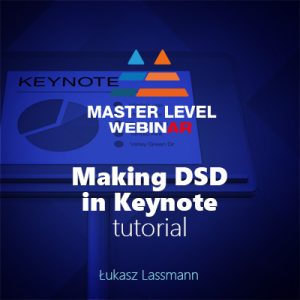
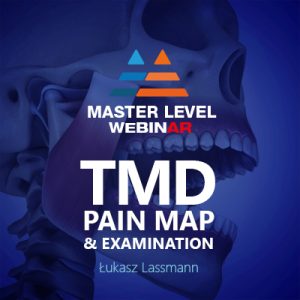
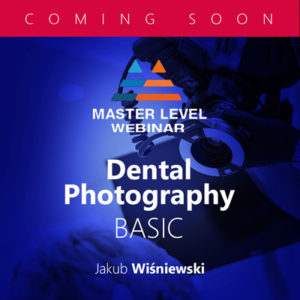
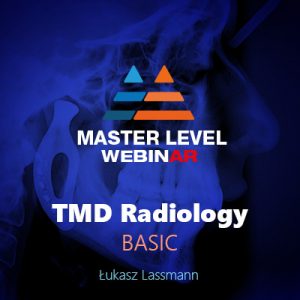
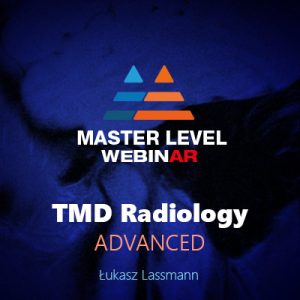
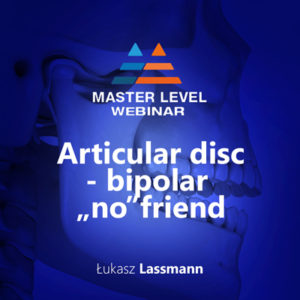
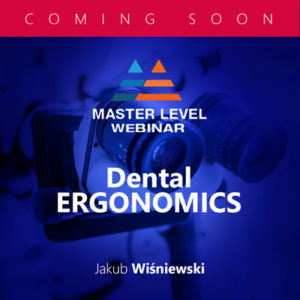
Set of Printed Guidebooks
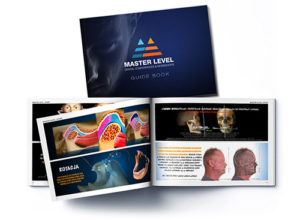
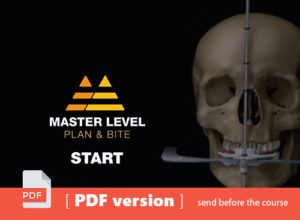
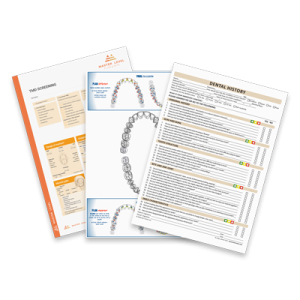
Set of Tools
